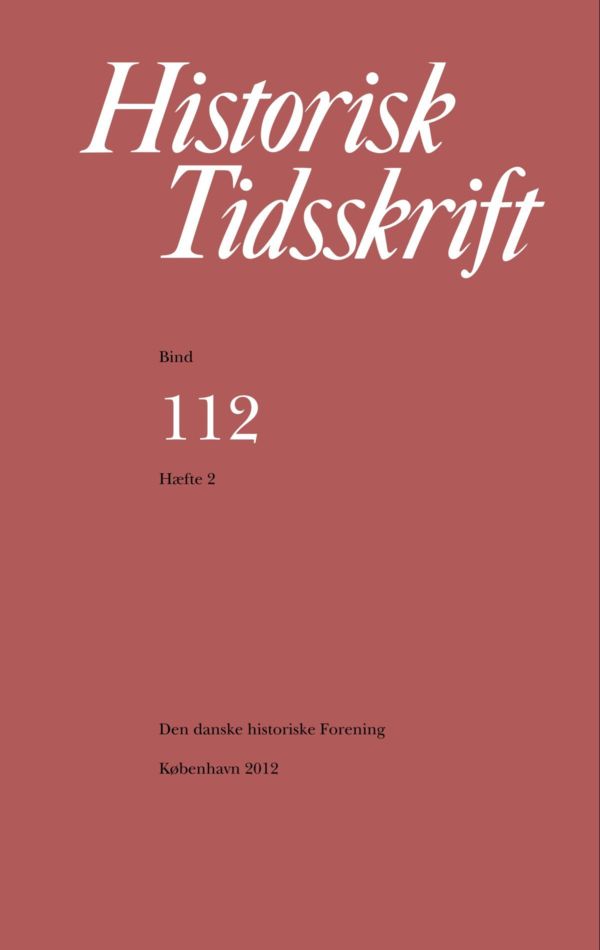Den militære komponent i statsomvæltningen 1660
Resumé
The Military Component in the Danish Revolution 1660The Danish revolution of 1660 instituted absolute monarchy as form of government. Ever since the events took place, it is common knowledge that the turn hinged on two factors, one being the long, complicated political process at the assembly of the Estates in Copenhagen. The other was a brief episode of military coercion. Core elements were the closing of the gates of Copenhagen for outgoing passage and the secret instruction of high alert to chiefs of provincial garrisons. These measures broke the otherwise adamant will to resistance of the council of the realm and the noble estate. The familiarity of these facts notwithstanding, the present article is the first direct examination of the military side of the revolution. Style and content of written orders as well as the pattern of their distribution indicate that the said procedure was not a trivial application of the power of command. A network of high officers was set in motion with appeals to personal loyalty rather than ordinary sense of duty. Other officers of rank were kept in the dark about the precautions taken by the King. The emergence of the network was due to dramatic changes in the army during the preceding three years of war. However, the disarmament following the peace had not particularly enhanced royal control of the army in an eventual clash with the interests of the nobility. The most recent military changes do not in general suggest that the coup was meticulously planned before the estates assembled, even if a well-known detail – the choice of a new city commander for Copenhagen – has routinely aroused the suspicion of historians. The royal coup was one of several well-known European cases where recently formed state armies were used for domestic political purposes during the first half or so of the seventeenth century. Later, consolidation of the military institutions made them much less likely to become involved in political change. Nevertheless, the events depicted here run counter to what one might have expected in Denmark just a few years before. The permanent army was already quite old and seemingly well integrated into the political and social structure of the composite state. However, the great crisis of the wars 1657-1660 which shaped the political tensions underlying the revolution also destroyed the old military structure. Upon its reconstruction, generals recruited abroad and in the Duchies dominated the top echelon of the army. Even on the levels of colonel and below, the representation of Danish nobility was significantly diluted. Thus, viewed both within shorter and longer terms, the coup of 1660 took place at a remarkably favourable conjuncture.Downloads
Publiceret
Citation/Eksport
Nummer
Sektion
Licens
Ophavsret til bidrag i Historisk Tidsskrift tilhører forfatterne og Den danske historiske Forening som udgiver af Historisk Tidsskrift. For illustrationer gælder den ophavsret, som står anført i billedteksten. Ophavsretslovens almindelige bestemmelser gælder, hvilket vil sige, at ophavsretten gælder i 70 år efter forfatterens død. Bidrag i Historisk Tidsskrift må derfor, med forbehold for en ”moving wall” på tre år, frit downloades, læses, gemmes, anvendes og citeres (med kildeangivelse) i privat og videnskabelig sammenhæng, men de må ikke helt eller delvis genudgives af tredjepart, heller ikke i redigeret form, uden tilladelse fra forfatterne og Den danske historiske Forening. Henvendelse skal i så fald rettes til Historisk Tidsskrifts redaktion på histtid@hum.ku.dk.





